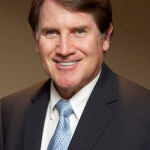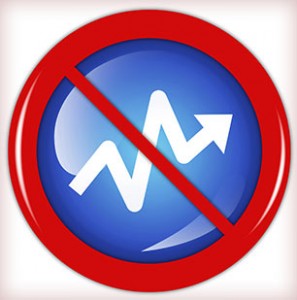After years of unbranded ads for shingles, Merck is now promoting its vaccine by brand name. Why the change? Glaxo just filed for approval for its shingles vaccine and Merck now needs to build up the brand Zostavax. When doctors had one choice Merck did not need consumers to ask by brand name. Soon asking doctors about shingles will not necessarily mean getting Zostavax.
Merck’s Zostavax ad is very different from the Terry Bradshaw disease awareness ads. It shows an active senior aged woman swimming and a voice over describing a slower immune system can lead to shingles. The ad is using British accented actors to represent the virus and the vaccine. I guess there is something about a British accent that adds gravitas.

-Bob Ehrlich
There are only a few vaccine ads using DTC. Theraflu, Fluzone, and Prevnar 13 are some that have used television. Vaccines are a tough area for DTC because of the relatively low revenue stream they provide. A shot annually, or every five to ten years, does not lend itself to easy payback. Prevnar 13, based on its ongoing spending, appears to be very successful in generating sales. Flu commercials are done only in season so they have a short burst media strategy which helps ROI metrics.
Shingles is a year round problem. It is relatively rare arising in 200,000 people annually. That is about 10 cases for every 1000 people age 60+. About only 28% of the senior population have been vaccinated so there is a lot of room to grow. Clearly Zostavax has the goal to get their brand awareness up in advance of a Glaxo entry. This new 75 second ad is well done as it illustrates what shingles is and how is occurs. Its tone is serious and informational. The swimmer never speaks as the audio track is a play between the voice of the virus saying it is lurking inside and the vaccine saying how it will help prevent outbreaks.
The disease ads previously had Bradshaw and others discuss the painful outbreaks they faced. This ad is more of an announcement type ad relying on the basic information of what shingles is and how Zostavax works. I liked the real people testimonials in the disease ads but understand why as an announcement ad for the brand Merck went this way.
My guess is Merck will shift back to testimonials after establishing strong brand awareness. Their priority now is to get the name Zostavax strongly remembered as the shingles solution. Once Glaxo is out there with its version, Merck will need to offer competitive differentiation. For now, this ad will get the job done.


